In the fast-paced world of modern work, burnout has become an all-too-familiar adversary. Defined as a state of chronic physical and emotional exhaustion, burnout can have severe consequences for both individuals and organizations. This article explores the signs of burnout, its impact and practical strategies for recognition and prevention.
Table of Contents
Understanding Burnout
Factors Contributing to Burnout
Work-related stress, lack of job control, and interpersonal conflicts are key contributors to burnout. Understanding these factors is crucial in developing effective prevention strategies.
Impact on Individuals and Organizations
Burnout not only affects the well-being of employees but also hampers organizational productivity and success. Recognizing its pervasive impact is the first step in addressing the issue.
Signs of Burnout
Physical Symptoms
From persistent fatigue to frequent headaches, the physical toll of burnout is diverse. Recognizing these symptoms early is vital for intervention.
Emotional and Behavioral Changes
Shifts in mood, increased irritability, and withdrawal from social activities are common emotional indicators of burnout. Addressing these changes promptly is essential for mental health.
Cognitive Impairments
Burnout can impair cognitive functions, leading to reduced concentration and memory issues. Recognizing these cognitive signs is pivotal in preventing long-term damage.
Common Causes of Workplace Burnout
Excessive Workload
Overloading employees with tasks can quickly lead to burnout. Balancing workloads is essential for maintaining a healthy workplace environment.
Lack of Recognition
A lack of acknowledgment for hard work and achievements can contribute to burnout. Implementing recognition programs fosters a positive work culture.
Poor Work-Life Balance
Striking a balance between professional and personal life is challenging but crucial. Companies that prioritize work-life balance witness increased employee satisfaction and retention rates.
Recognizing Burnout in Others
Observation and Communication
Creating an open environment where colleagues feel comfortable discussing their well-being is crucial. Regular check-ins and honest communication can help identify burnout early.
Team Dynamics and Communication
Understanding team dynamics and fostering healthy communication is essential. A supportive team can act as a protective factor against burnout.
Strategies for Prevention
Employee Support Programs
Implementing support programs, such as counseling services and mental health resources, demonstrates a commitment to employee well-being.
Stress Management Techniques
Providing employees with tools for stress management, such as mindfulness and relaxation exercises, equips them to cope with workplace challenges.
Establishing Healthy Work Environments
Creating a workplace that values transparency, inclusivity, and employee feedback fosters a positive atmosphere, reducing the likelihood of burnout.
Coping Mechanisms for Individuals
Seeking Professional Help
Encouraging employees to seek professional help when needed is essential. Mental health should be treated with the same importance as physical health.
Setting Boundaries
Establishing clear boundaries between work and personal life is crucial for preventing burnout. Encouraging employees to prioritize self-care enhances overall well-being.
Prioritizing Self-Care
Promoting self-care practices, such as regular breaks, exercise, and hobbies, contributes to a healthier work-life balance.
Company Initiatives to Combat Burnout
Flexible Work Schedules
Offering flexible work arrangements, such as remote work options or flexible hours, accommodates diverse employee needs.
Employee Wellness Programs
Investing in wellness programs, including fitness classes and health screenings, supports holistic well-being.
Recognition and Rewards
Acknowledging and rewarding employees for their hard work and achievements fosters a positive and motivated workforce.
The Role of Leadership
Leadership Styles and Burnout
Examining leadership styles and their impact on employee well-being is crucial. Leaders who prioritize a healthy work environment contribute to burnout prevention.
Encouraging Open Communication
Creating an environment where employees feel heard and valued encourages open communication about stressors and challenges.
Real-Life Success Stories
Companies Overcoming Burnout Challenges
Exploring success stories of organizations that have effectively addressed burnout provides practical insights and inspiration.
Employee Testimonials
Hearing firsthand accounts from employees who have overcome burnout can inspire others and reinforce the importance of proactive mental health strategies.
The Cost of Ignoring Burnout
Impact on Productivity
Ignoring burnout can lead to decreased productivity and increased absenteeism. Addressing burnout is an investment in a company’s overall success.
Increased Turnover Rates
Burnout contributes to high turnover rates, resulting in recruitment and training costs. Prioritizing employee well-being reduces turnover and associated expenses.
Creating a Burnout-Resistant Culture
Proactive Measures
Taking proactive measures to prevent burnout, such as regular check-ins and well-being assessments, establishes a culture of care.
Continuous Monitoring and Adaptation
Regularly monitoring and adapting prevention strategies ensures they remain effective in a dynamic work environment.
Addressing Burnout in Remote Work Settings
Unique Challenges
Remote work poses unique challenges to recognizing and preventing burnout. Tailoring strategies to address these challenges is essential for remote workforce well-being.
Virtual Support Systems
Establishing virtual support systems, including online counseling services and virtual team-building activities, helps combat burnout in remote settings.
Cultural Differences in Recognizing Burnout
Global Perspectives
Recognizing cultural differences in how burnout is perceived and expressed is crucial for developing inclusive prevention strategies.
Tailoring Solutions for Diverse Workforces
Tailoring burnout prevention solutions to diverse workforce needs ensures their effectiveness across various cultural contexts.
Conclusion
In conclusion, recognizing the signs of burnout in the workplace is a vital step toward creating a healthy and thriving work environment. By understanding the causes, implementing preventive measures, and fostering a supportive culture, organizations can safeguard the well-being of their employees and enhance overall productivity.
FAQs
-
Q: Can burnout be completely avoided, or is it inevitable in a demanding work environment?
A: While complete avoidance may be challenging, proactive measures can significantly reduce the risk of burnout. It’s essential to prioritize well-being and implement strategies to address workplace stressors.
-
Q: How can employees cope with burnout when working remotely?
A: Remote employees can cope with burnout by establishing clear boundaries, taking regular breaks, and seeking virtual support. Companies can also implement virtual wellness programs to support remote workforce well-being.
-
Q: What role does leadership play in preventing burnout?
A: Leadership plays a crucial role in preventing burnout by fostering a positive work culture, encouraging open communication, and modeling healthy work-life balance.
-
Q: Are there specific industries more prone to workplace burnout?
A: Burnout can occur in any industry, but high-stress environments like healthcare, finance, and technology may be more prone. However, effective preventive measures are universally applicable.
-
Q: How can organizations address burnout without compromising productivity?
A: Organizations can address burnout without compromising productivity by implementing flexible work arrangements, recognizing and rewarding employee efforts, and promoting a culture of open communication.
Remember, acknowledging and addressing burnout is a collective responsibility. To delve deeper into strategies for maintaining a balanced and thriving work life, click here. Your journey to a fulfilling and sustainable career awaits, and there is a wealth of knowledge available to support your well-being in the professional realm.

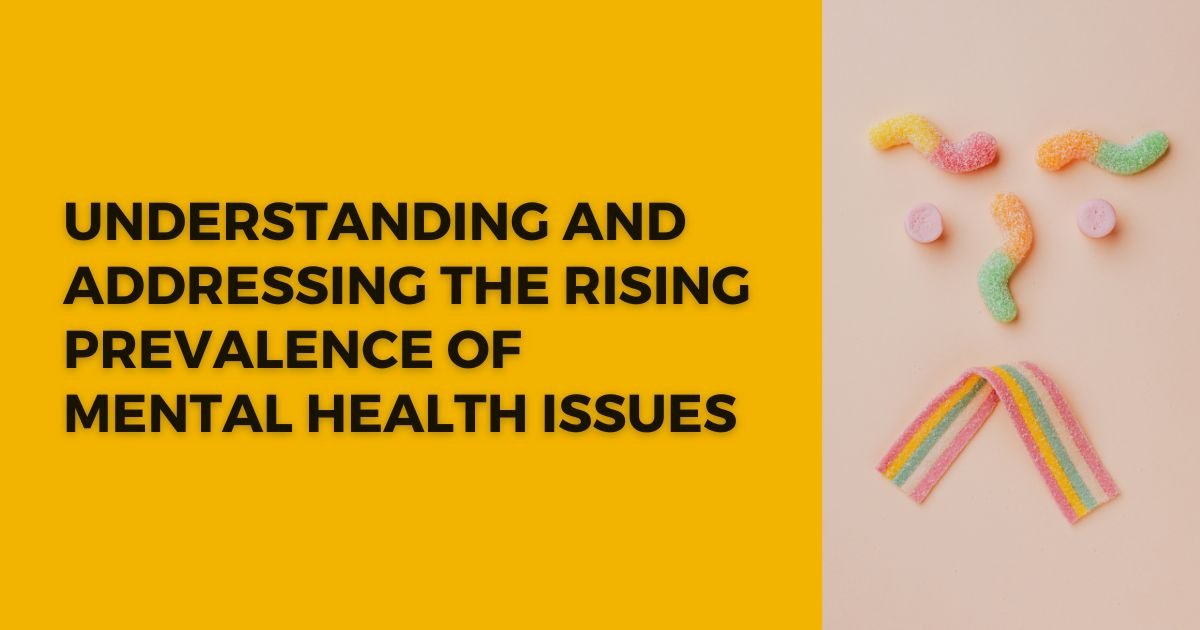




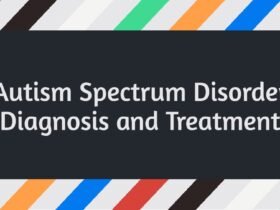



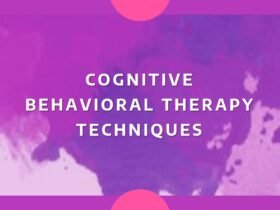

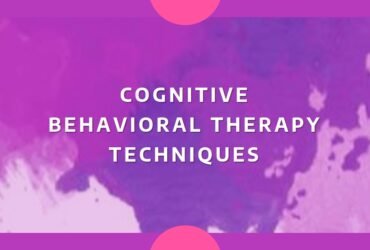
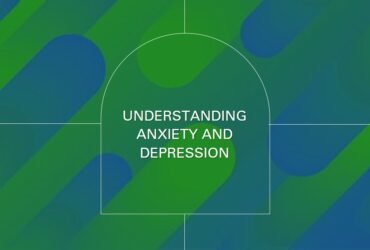
Leave a Reply
View Comments